Description
Vrindavan Champa, (Citharexylum Spinosum) Plant
The Fiddlewood Tree, scientifically known as Citharexylum spinosum, is a popular choice for bonsai enthusiasts due to its unique and intricate foliage. Native to South Florida, the Caribbean, and parts of Central and South America, this tree is also referred to as “Florida Fiddlewood” or “Spiny Fiddlewood.”
Characteristics of Citharexylum spinosum:-
- Foliage: The Fiddlewood Tree has small, glossy, dark green leaves that are oval or slightly fiddle-shaped, hence the name “Fiddlewood.” The leaves are densely packed along the branches.
- Trunk: The tree’s trunk can be quite gnarled and interesting, which makes it an attractive option for bonsai styling.
- Flowers: In the spring and summer, the tree produces clusters of small, fragrant white flowers. These flowers attract pollinators like butterflies and bees.
- Fruits: After flowering, small berry-like fruits may appear, usually turning from green to black as they mature.
Bonsai Care Tips:
- Light: Bonsai Fiddlewood Trees thrive in bright, indirect sunlight. Avoid placing them in full sun for extended periods, as their leaves can scorch.
- Watering: Keep the soil consistently moist but not soggy. Allow the top inch of soil to dry out before watering again. A well-draining bonsai soil mix is essential to prevent waterlogged roots.
- Humidity: These trees prefer higher humidity levels. You can increase humidity by placing a humidity tray or a small humidifier near the bonsai.
- Fertilization: Feed your Bonsai Fiddlewood Tree with a balanced liquid fertilizer during the growing season (spring through early autumn). Reduce or stop fertilizing during the winter months.
- Pruning and Styling: Regular pruning and styling are essential to maintain the bonsai’s shape and promote branching. Fiddlewood trees have a tendency to grow long branches with sparse foliage, so regular pinching and pruning can help maintain the desired compact shape.



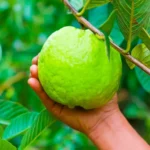

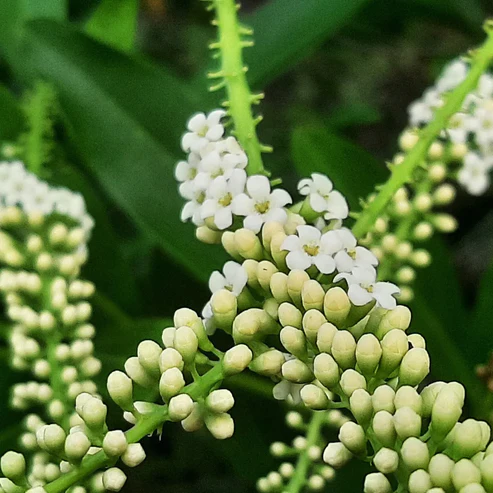

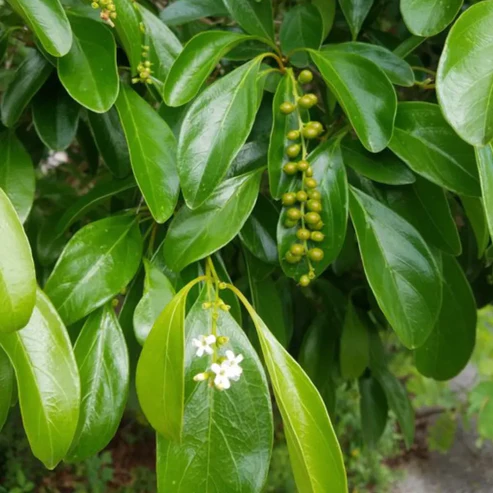

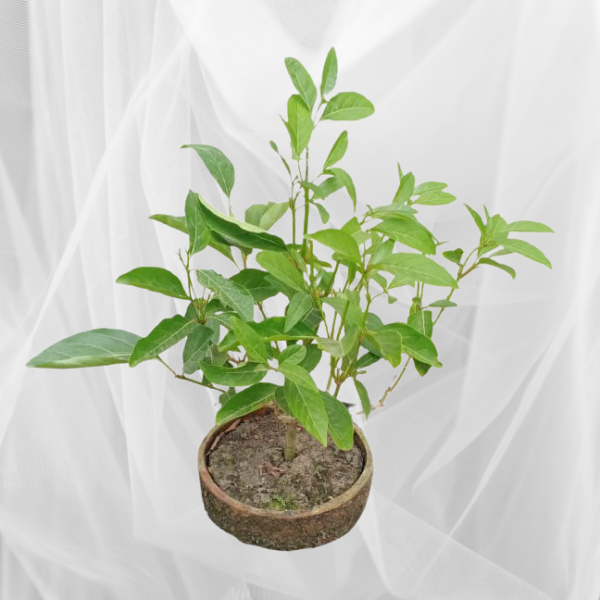


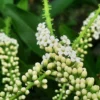
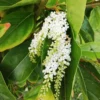
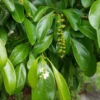
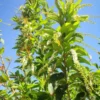
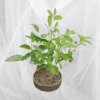



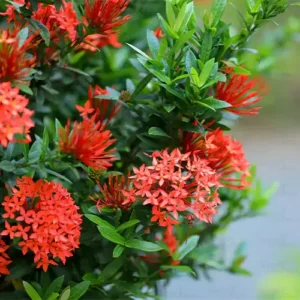

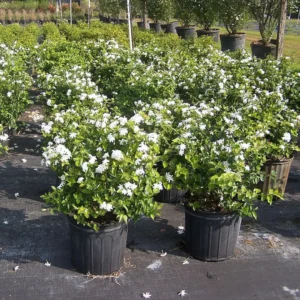

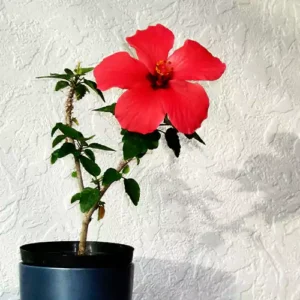
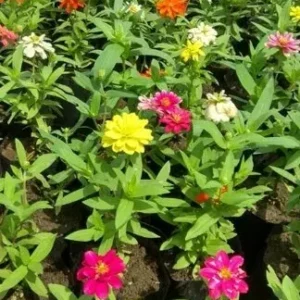
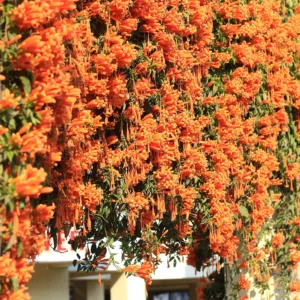
Reviews
There are no reviews yet.